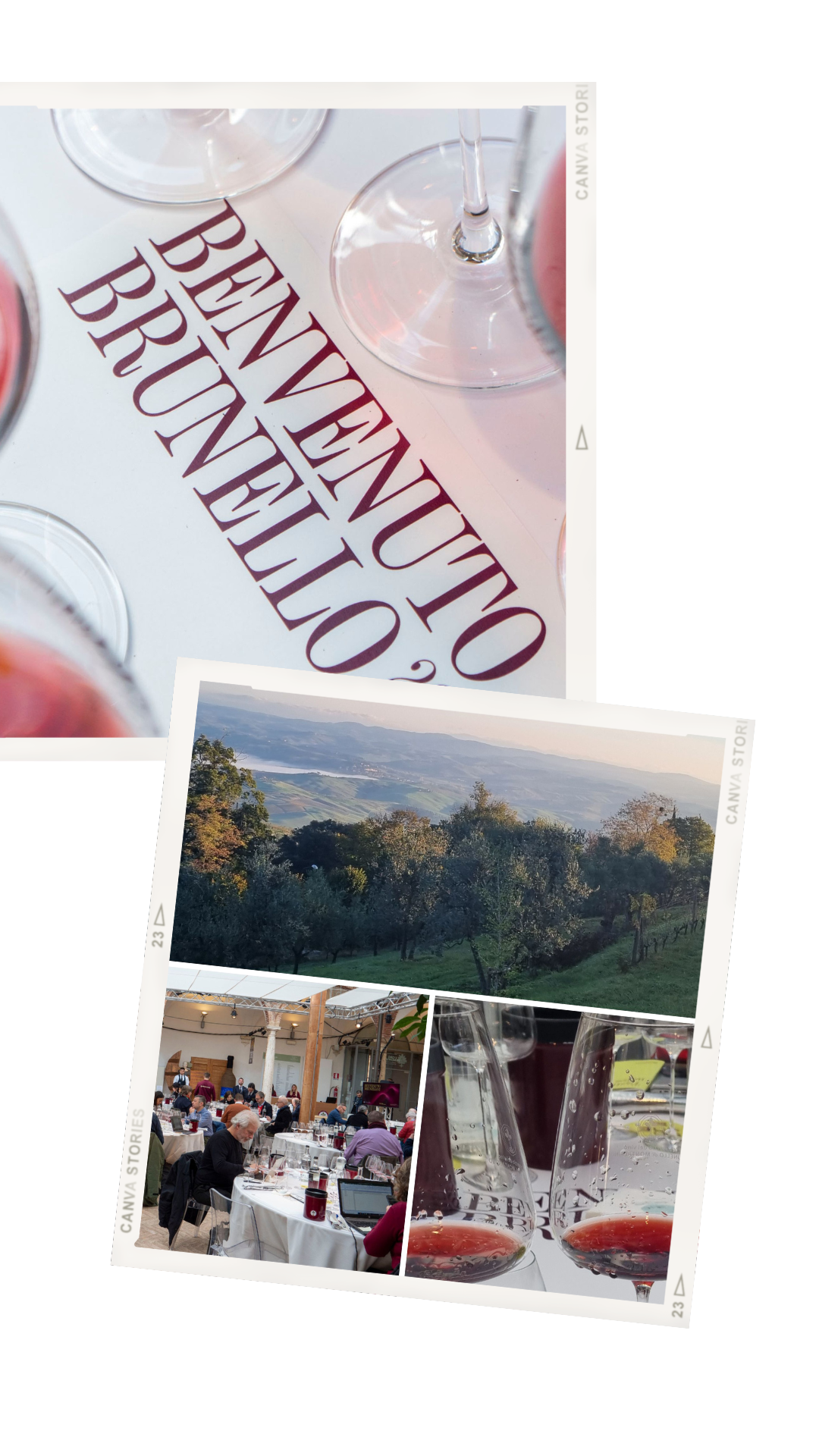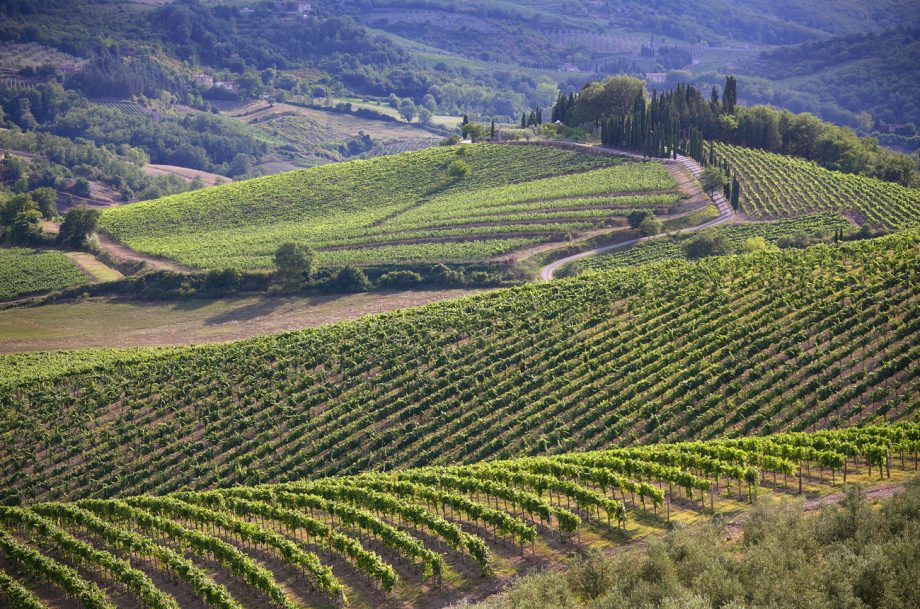Tuscany’s “Old Red Wine Zone” becomes a leader in sustainability
The 2023 edition of the highly anticipated Anteprima Vino Nobile di Montepulciano returned to the medieval fortress of Montepulciano on February 15th.. The doors were opened to the public from Saturday the 18th to Monday the 20th. There were over 40 producers present, which is over half of the denomination.
Participants had the opportunity not only to taste both the 2020 vintage and 2019 reserve wines, they also had chance to learn about DOCG’s innovative projects related to sustainability and the ‘Pieve’ project which defines 12 unique zones of production called “Additional Geographic Units.”
As the first DOCG in Italy, Vino Nobile di Montepulciano is also leading the way in sustainability and is now the first Italian denomination to have received the sustainability certification mark under the Equalitas standard. This has been a long journey, that started back in 1985 when the Consortium, with the support of the Municipality of Montepulciano, decided to install a network of meteorology stations to record weather data throughout the entire production area. Expert agronomists made recommendations based on the findings to limit the use of chemical pesticides. Further studies were done in 1992 and 2006 to investigate the soils and biological waste respectively. Then in 2015, the “Vino Nobile di Montepulciano Carbon Footprint” project became a model on a national scale, calculating the CO2 emissions for one bottle of Vino Nobile. The protocol established by Equalitas for certification is extremely rigorous and includes numerous environmental requirements, such as measuring the carbon footprint, the water footprint, and socio-economic compliance with free trade unions and equal opportunities.

The “Pievi” project continues the route towards the excellence of the pure expression of Sangiovese
Launched in 2021, during the pandemic, the Consorzio of Nobile di Montepulciano introduced 12 Additional Geographical Units called “Pievi” that are the result of an in-depth study of history, landscape, and wine production. The name refers to the ancient parish churches used to divide the territory into areas as far back as Roman times. The goal of the Consortium with this project is to reaffirm and codify a current physical reality with its ancient historical roots since Montepulciano is one of the oldest wines documented in the Middle Ages. In fact, one of the most interesting documents testifying to the existence of a Montepulciano wine production and marketing district dates back to a rare sales contract from 17th October 1350, preserved in the Madonna de’ Ricci (crociferi) collection found in the Italian National Archives in Florence. The first Vino Nobile wines with the “Pieve” label from the 12 selected zones will be released next year.
The noble heritage of Montepulciano
A symbol of local culture, the village of Montepulciano is situated on a gently sloping limestone hill that separates Val di Chiana from the Val del Orcia. Due to its rich history, Montepulciano represents a sort of open-air museum in the heart of one of the most popular and explored wine destinations in Tuscany. The old town is filled with Etruscan artifacts, Renaissance buildings, ornate churches decorated by illustrious artists, ancient theatres, and local artisan shops—a perfect place for wine enthusiasts to immerse themselves in Tuscan beauty and history.



